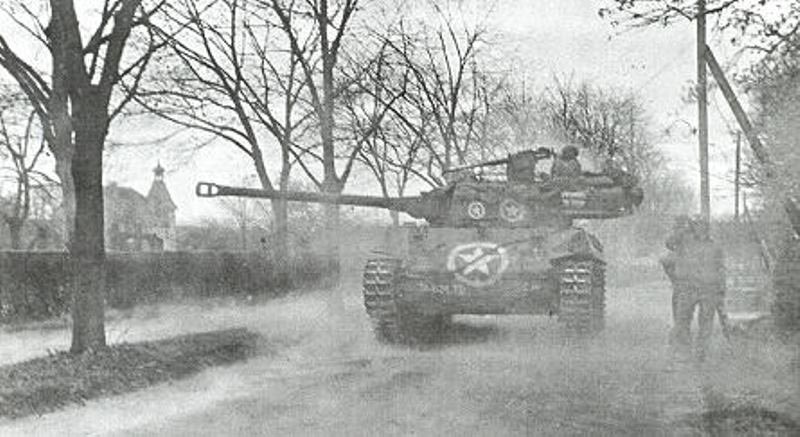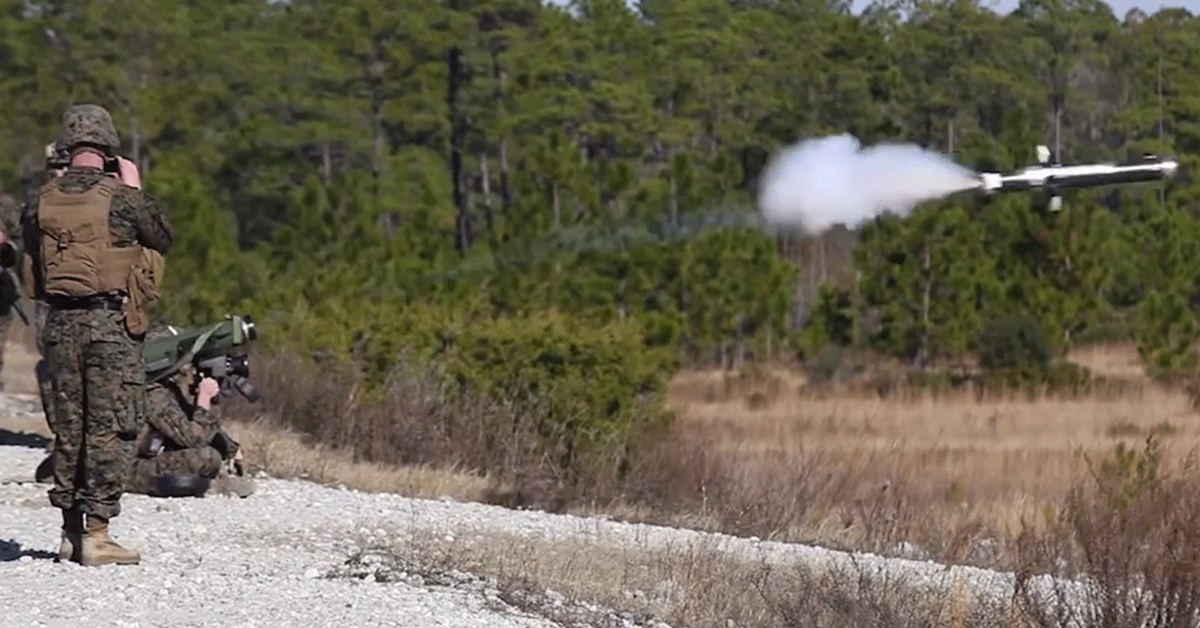The Armata family of vehicles, with the flagship T-14 main battle tank, were supposed to be the future of armored warfare, tipping the balance of conventional forces in Europe back towards Russia and ensuring the country’s security and foreign might. But now, Russia has announced that it will be buying only 100 of them, far from the 2,300 once threatened and a sure sign that crippling economic problems are continuing to strangle Putin’s military.

Russia’s T-14 Armata main battle tank was supposed to put Russian armor back on top, but the design and tech are still questionable and Russia is only buying 100 of them, meaning very few of them will be available for operations at any one time.
(Photo by Vitaly V. Kuzmin)
All of this will likely be welcome news for U.S. armored forces who would have faced the T-14s in combat if Russia used them against American allies and NATO forces.
The signs of trouble for the Armata tank were hidden in the project’s debut. It’s always suspicious when a tank or other weapon project seems too good to be true. Snake oil salesmen can profit in the defense industry, too. And there were few projects promising more revolutionary breakthroughs for less money than the T-14.
It is supposed to weigh just 70 percent of the Abrams (48 tons compared to the Abrams’ 68) but still be able to shake off rounds from enemy tanks thanks to advanced armor designs. Its developers bragged of an extremely capable autoloader, a remote turret, and an active protection system that could defeat any incoming missile.
When something sounds too good to be true, maybe check the fine print.
Still, it wouldn’t have been impossible to come up with a breakthrough design to shake up the armored world. After all, while the Abrams was expensive to develop, it featured some revolutionary technology. Its armor was lighter and more capable thanks to ceramic technology developed in Britain, and its engines, while fuel-hungry, delivered massive amounts of power. These factors combined to create a fast, agile beast capable of surviving nearly any round that enemy tanks could shoot at it.
But the T-14 doubters gained fuel when one of the tanks broke down during preparations for a Victory Day parade.

The Russian T-90 tank is good, but few people believe that Russia went through all the trouble of developing a new tank but doesn’t want to buy it.
(Photo by Hargi23)
Still, the advanced systems on the T-14 might work. Drive trouble in a single prototype doesn’t mean the entire program is a failure.
Whether the tank works or not, Russia has discovered that it overreached. Officially, Russia is buying only 100 of the new tank because the T-90 it has is already so capable, but experts doubt it. Russia gave a similar rationale for severely scaling back orders of the Su-57 fifth-generation aircraft. It has ordered only 12.
That project, like the T-14, had been plagued by doubts and setbacks. India was originally a co-developer of the jet but backed out of the project after 11 years of sunk costs over concerns about the plane’s stealth characteristics and engine performance as well as economic concerns about how large a role Indian manufacturers would have in production. India is still vetting bids for its next jet purchase.

Russia’s Su-57 has design flaws and under-strength engines, causing many to wonder if it would really rival American fifth-generation fighters if it even went into serial production.
(Photo by Anna Zvereva)
None of this money problem is a surprise. Russia is subject to a slew of international sanctions resulting from actions like the invasions of Georgia and Ukraine and meddling in European and U.S. elections. While sanctions generally act as a minor drag on healthy economies, they have a compounding effect on weak economies.
And make no mistake: Russia’s economy is weak. It is heavily tied to oil prices which, just a few years ago, would’ve been great news. From 2010 to 2014, oil often peaked above 0 per barrel for days or weeks at a time and was usually safely above a barrel. Now, it typically trades between and a barrel and has slumped as low as .
Russia has attempted to maintain military spending through the tough times but, in 2017, something finally gave and spending dropped 17 percent.
Keep in mind that, typically, military strength trends with economic strength; more money, more might. But Russia has struggled to maintain its world-power status after the collapse of the Soviet Union. Its annual GDP is actually smaller than that of Texas, California, or New York. That’s right. If Russia was a state, it would have the fourth largest economy in the country.
Still, Russia can’t be written off. It’s either the second or third most powerful military in the world, depending on who you ask. And the other slot is held by China, another rival of American power. With thousands of tanks and fighters in each country’s arsenal, as well as millions of service members, both countries will remain major threats for decades or longer.


























